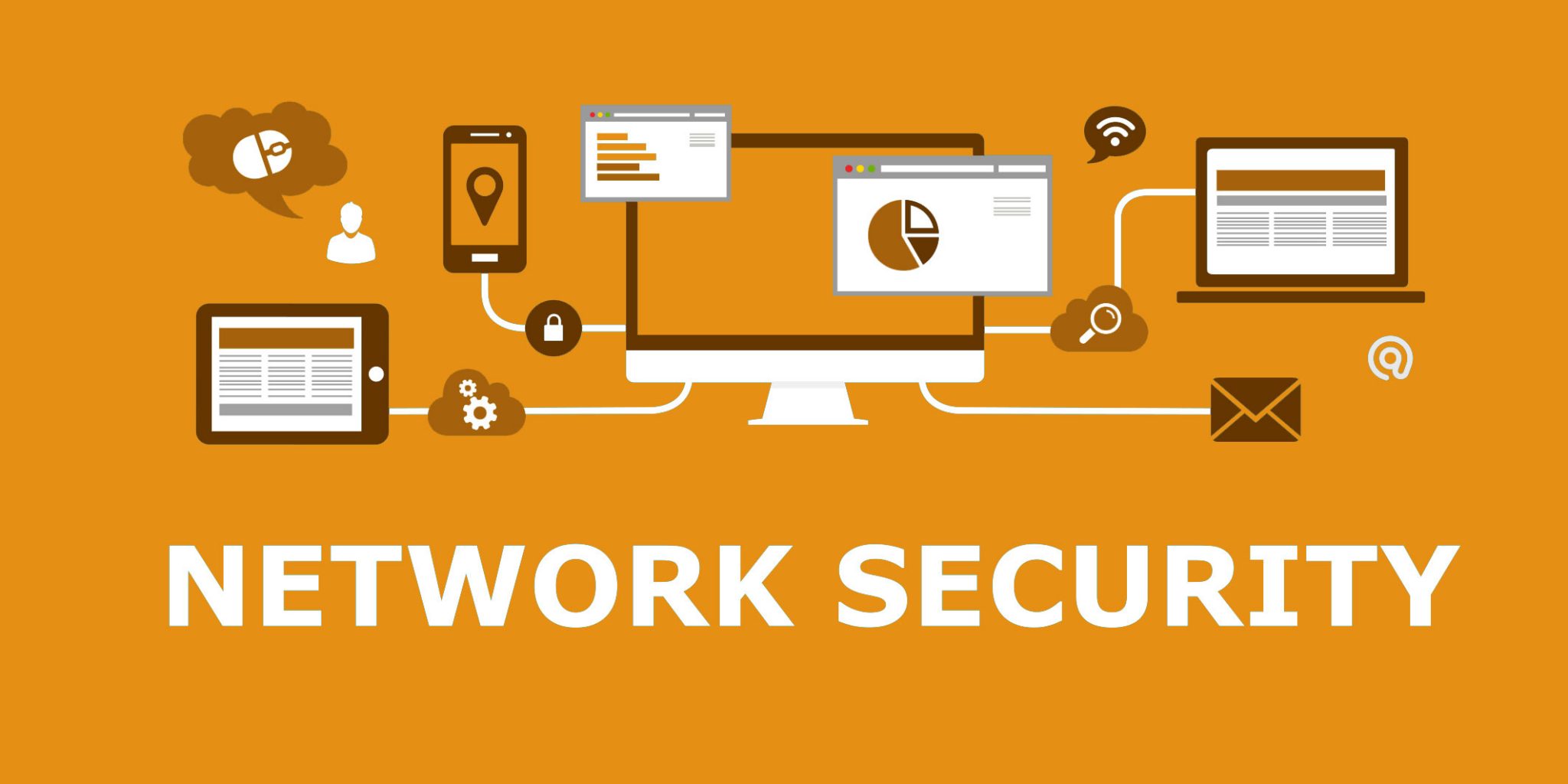
In today's ever-evolving digital landscape, enhancing network security
and maintenance is paramount to safeguarding businesses against a myriad
of cyber threats. A proactive approach to network security involves staying
abreast of the latest threat intelligence. By continuously analyzing and
understanding emerging risks, businesses can fortify their defenses and
preemptively address vulnerabilities before they are exploited.
Read on to learn more about Network Security and Maintenance and the
following topics:
- MFA
- Security Auditing
- Remote Monitoring Tools
- Comprehensive Disaster Recovery Plan
Multi-Factor Authentication
Implementing multi-factor authentication (MFA) is a crucial step in
bolstering access control. In a world where passwords alone may not
suffice, MFA adds an additional layer of security, requiring users to
verify their identity through multiple means. Whether through biometrics,
smart cards, or one-time passcodes, MFA significantly raises the bar
for unauthorized access. Businesses embracing MFA not only enhance
their security posture, but also instill a culture of vigilance
among users, fostering a collective commitment to cybersecurity.
Security Auditing
Conducting regular security audits is an indispensable practice in
maintaining a resilient network infrastructure. These audits, often
conducted by cybersecurity professionals, delve deep into the
network architecture, identifying potential vulnerabilities and
weaknesses. By addressing these issues promptly, businesses can
shore up their defenses, creating a proactive shield against potential
cyber threats. Security audits not only serve as a diagnostic tool
but also as a strategic investment in the long-term security and
stability of the organization's digital assets.
Remote Monitoring Tools
In the realm of network maintenance, proactive monitoring emerges
as a linchpin for identifying and mitigating issues before they
escalate. Remote monitoring tools provide real-time visibility into
the health and performance of the network., This continuous oversight
allows IT teams to detect anomalies, unusual patterns, or potential
security breaches promptly. The ability to respond swiftly to emerging
issues is instrumental in maintaining a secure and resilient network
infrastructure.
Effective patch management compliments proactive monitoring by ensuring
that all software and systems are up to date with the latest security
patches. Cybercriminals often exploit known vulnerabilities, making
timely patching a critical line of defense. Regularly updating software
not only mitigates the risk of exploitation, but also demonstrates a
commitment to ongoing cybersecurity hygiene.
Comprehensive Disaster Recovery Plan
A comprehensive disaster recovery plan is vital for business
resilience in times of crisis. This comprehensive strategy involves
identifying critical assets and data through rigorous risk assessments,
enabling businesses to prioritize recovery efforts effectively. A
well-thought-out plan ensures that, in the face of unforeseen events,
business operations can swiftly resume with minimal downtime. Regular
data backups act as a safety net, protecting against data loss and
providing a mechanism for swift recovery.
The Journey Ahead
The journey towards enhancing network security and maintenance involves
a multifaceted approach. From staying informed through threat intelligence
to implementing advanced authentication methods, conducting security
audits, and embracing proactive monitoring and maintenance practices,
businesses can establish a robust cybersecurity framework. These measures
collectively contribute to fostering a secure digital environment,
empowering businesses to thrive in an era where cyber threats are a
constant reality.








